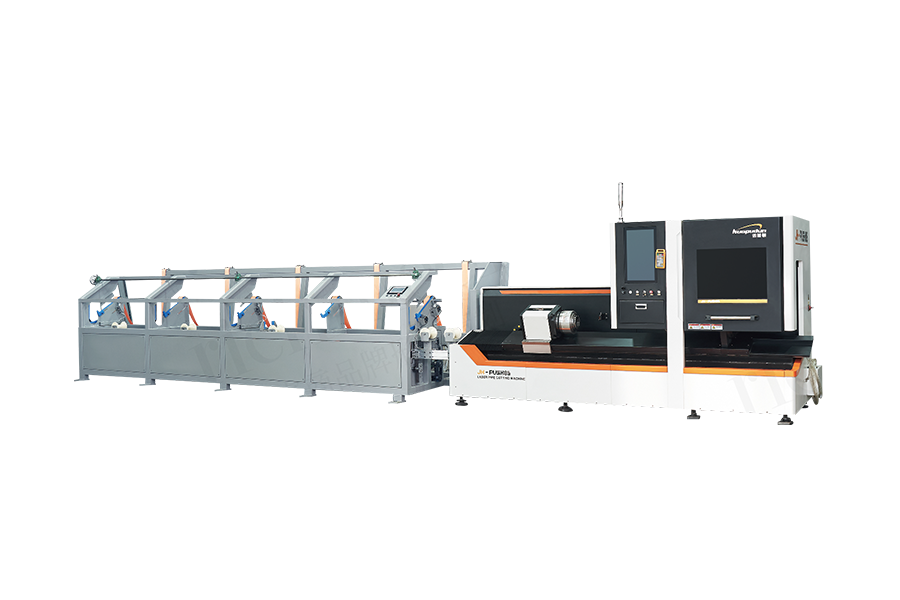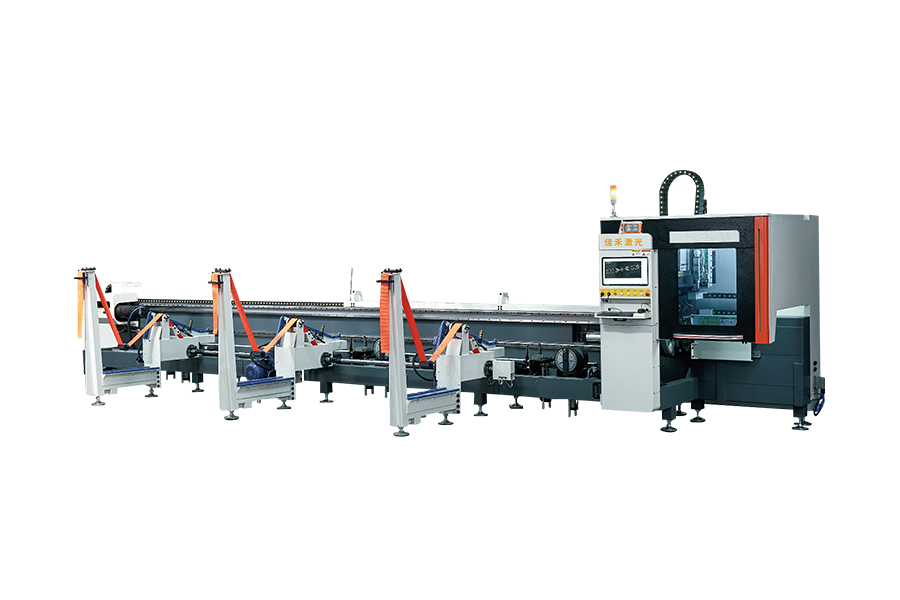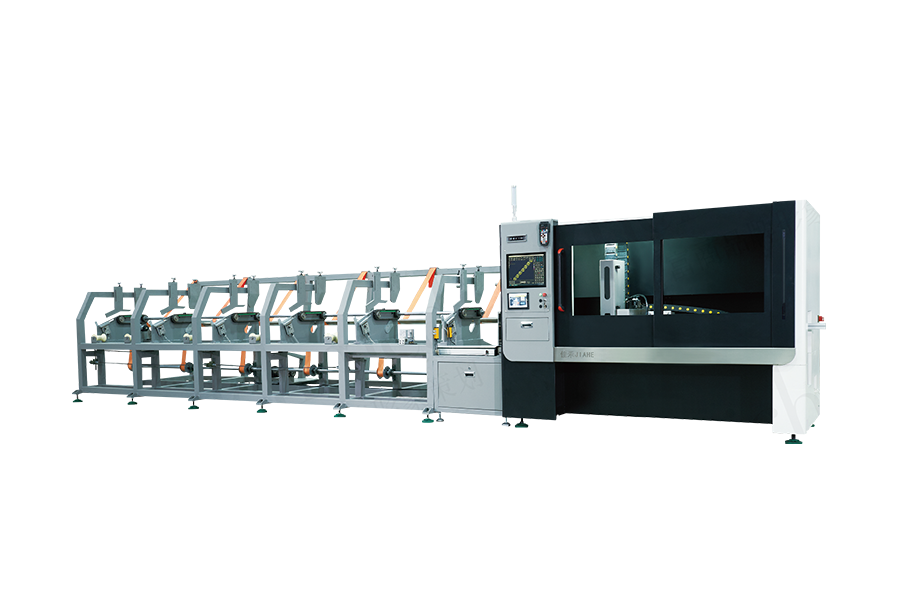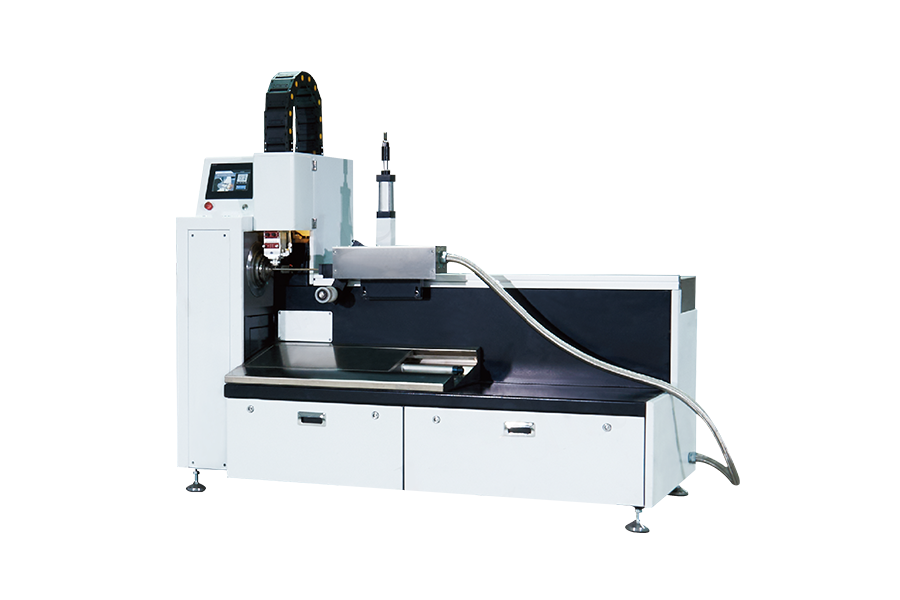Professional R&D, production, sales and after-sales integration.
We have many years of experience in R&D of automation technology and laser technology
Workshops and manufacturing facilities widely use the Automatic Pipe Cutting Machine, which is known for its ability to increase productivity and precision in pipe cutting. Despite its robust construction, it can occasionally experience issues that can disrupt its performance. Therefore, it is crucial to master troubleshooting these issues to save time and prevent production delays, ensuring smooth operation.
One of the common issues operators face with Automatic Pipe Cutting Machines is the inconsistency in cutting lengths. Such irregularities can stem from the misalignment of the length stop or inaccuracies within the measurement system. To tackle this, it is imperative to ensure that the length stop is securely in place and correctly calibrated. Debris accumulation or worn components can sometimes cause minor misalignments, resulting in discrepancies in cut lengths.
Regular inspection and maintenance of the measuring components are essential for ensuring consistent cut sizes. If your machine features a digital measurement system, it's beneficial to verify the sensor alignment and recalibrate the device following the manufacturer's guidelines. Adopting this proactive strategy can efficiently resolve issues and maintain the precision of your Automatic Pipe Cutting Machine.
To achieve smooth and even cuts with your Automatic Pipe Cutting Machine, it's crucial to ensure that the blade or cutting tool is in ideal condition. A worn or damaged blade not only compromises the quality of the cuts but also increases the strain on the machine. Regularly inspect the blade for signs of wear, chips, or damage, and replace it promptly if you notice any issues.
When your Automatic Pipe Cutting Machine fails to start, there are several potential causes to consider:
Ensure that the machine is securely connected to a power source and that the power switch is in the 'on' position.
Check for any blown fuses or tripped circuit breakers, which could prevent the machine from starting.
Verify that all guards and covers are properly closed, as the machine may not operate if safety switches detect open panels.
If the machine still doesn't start, examine the control panel for any error messages or indicator lights that could indicate electrical or control system malfunctions.
Feeding and clamping mechanisms play a critical role in the smooth operation of the Automatic Pipe Cutting Machine. If pipes are slipping, jamming, or feeding irregularly, inspect the clamps for proper tension and alignment. Worn or damaged clamp pads can reduce grip, causing movement during cutting.
Unusual noise or vibration during operation is often a sign of mechanical issues with your Automatic Pipe Cutting Machine. Loose bolts, worn bearings, or misaligned components can cause excessive vibration, which may result in faster wear and tear or even damage.
Regularly check for loose parts and tighten them as needed. Inspect bearings and gears for wear and replace them if signs of deterioration are found. Balancing rotating parts can also reduce vibration and extend machine life.
Overheating is a concern when using an Automatic Pipe Cutting Machine, especially during long or heavy-duty cutting sessions. If the motor or blade area becomes too hot, it could indicate insufficient cooling or lubrication.
Ensure that cooling fans or fluid systems are working correctly, and clean air vents to prevent blockage. Applying cutting fluids or lubricants where appropriate reduces friction and heat buildup, protecting the machine components.
In the realm of modern pipe cutting, automatic machines equipped with sophisticated computerized control systems are the norm. However, these advanced systems can occasionally encounter software hiccups or electrical malfunctions. When faced with error messages or erratic behavior from your machine, it's crucial to refer to the user manual to decipher the meaning behind these codes.
Mastering the art of troubleshooting an Automatic Pipe Cutting Machine requires a deep understanding of the common pitfalls that can affect cutting precision, blade health, feeding mechanisms, and electrical integrity. By adhering to a regimen of regular maintenance, conducting timely inspections, and strictly following operational protocols, you can significantly reduce the likelihood of encountering these issues.
Proactively addressing concerns such as uneven cuts, subpar blade performance, or mechanical disturbances is key to prolonging the lifespan of your Automatic Pipe Cutting Machine and ensuring seamless production. Being vigilant about your machine's performance is essential to safeguarding your investment, ensuring that it continues to provide dependable and accurate cutting outcomes over the long term.
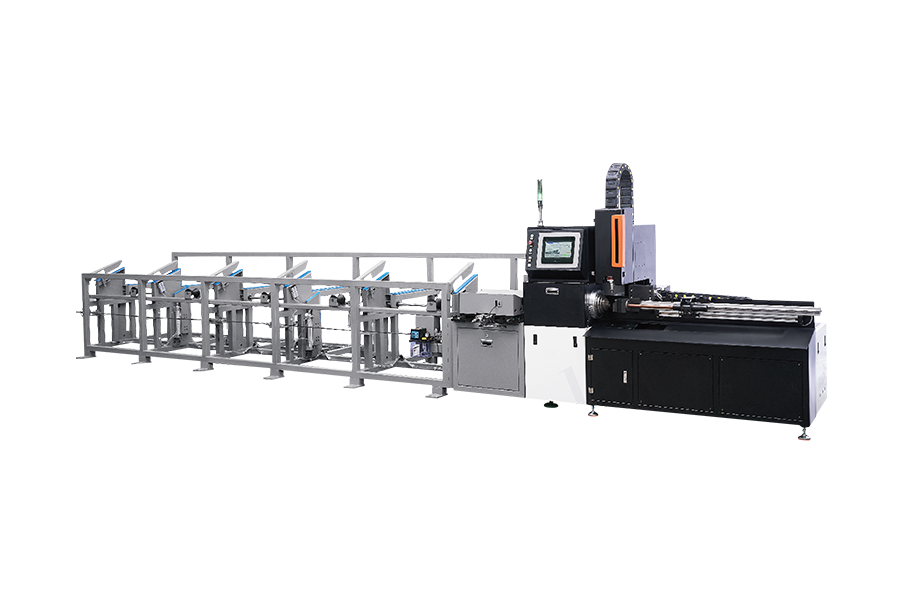

 English
English 中文简体
中文简体 русский
русский